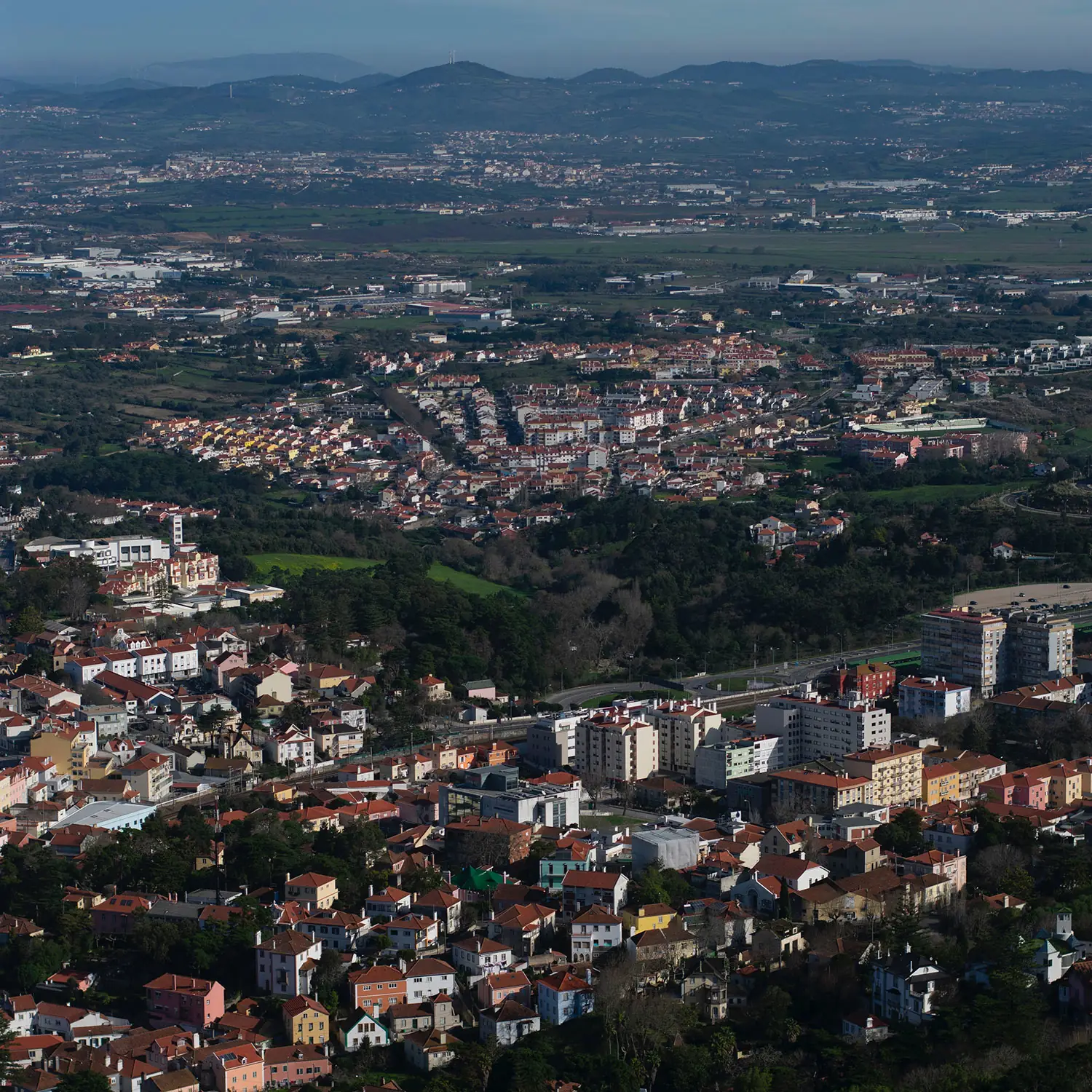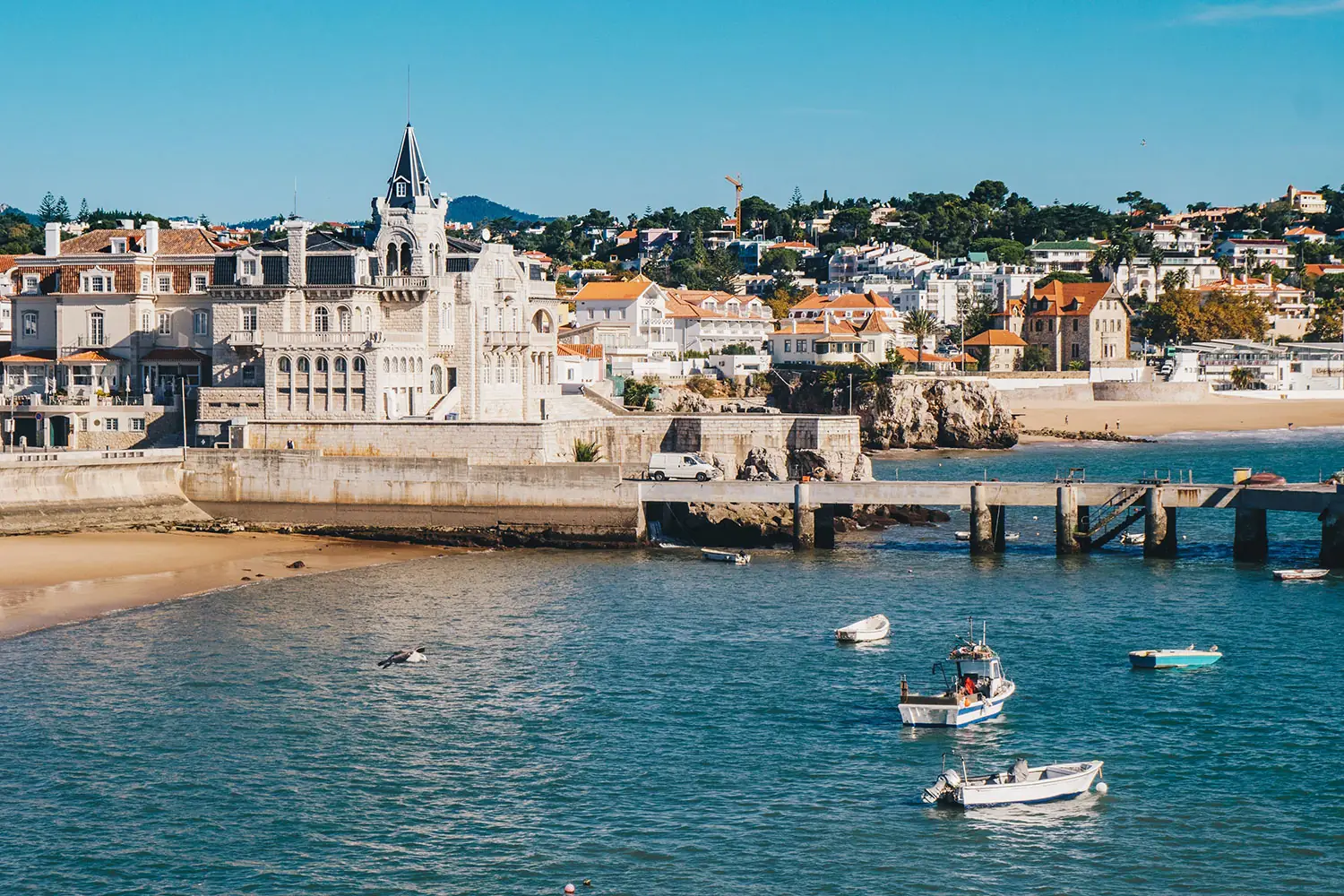Outskirts - The Overlooked Paradise
Let's talk about places to live. It's fair to say that the preferred place to live for most people is divided into two very distinct household types: you have the ones who like living in the city center, being close to everything that they need, - malls, leisure and entertainment places, restaurants, public spaces to stroll - and generally living in apartments; on the other side you have the people who despise the nonstop activity that is characteristic of the city centers, opting to live in much more relaxed environments, these being Villas. It's important to enlighten that it is possible to conciliate these two extremes, at least without fully compromising each other's main concept.
The reality is that none of these two options are financially easy to acquire. Properties in the big city centers are everything but cheap. Whether you're looking for a T1 or T2, the price range revolves around 300k-600k€ which the middle class cannot afford. The same happens with Villas, even if they aren't exactly located in city centers. A 300sqm Villa will set you back around 300k-400k, which is most definitely not cheap. Another thing that is important to mention is the overall mentality of the buyer when coming across these properties. Put it like this - would you rather spend 400k€ on a T1 in Central Lisbon (a rather small house that is very well located), or would you opt to spend the same amount of money on a Villa located in the outskirts? It is this very question that gets people thinking, and the result is what you would expect - most people choose to be a little bit farther from city centers in order to have the best quality of life from their households.

Photograph by Laura in Unsplash
However, these concepts are changing. It is fair to say that the main reason people choose to live close to city centers is due to the necessity of working there, as it is where most workplaces are located. In any case, 80% of the thought process of buying a house resides in how long you take to get to work, and that is a very important factor that undeniably impacts the pricing of these properties. The pandemic has brought a trend that is sure to impact the entire commercial Real Estate, and that is the lack of necessity of working at the office. Working from home has completely revolutionized the way companies work, meaning that the traditional model of office workplaces is somewhat falling in disuse. Despite the fact that many types of jobs still require the presence of staff, the reality is that most workplaces located in the metropolis are devoted to conventional office work, doing what many could argue that can be done from home. This results into many companies adopting this new model for numerous reasons: first, the cost reduction - from rent, to electricity and water, and even the transportation allowance paid for the staff; second, the lack of investment, since the staff can now have their own “office”.

Photograph by Calin Stan in Unsplash
How does this affect the residential landscape? At TOTE SER we've noticed an every-growing trend of people opting for places farther and farther away from the metropolis to live. And this happens for many reasons. Many families can now choose to work from home, enabling them to live in farther outskirts. This consequently means that for the same price, they can get much better properties. The idea of having a much larger house and a relaxed environment at the same price, or even cheaper, floods the minds of more and more people every day.
Our task here revolves around transforming scarce square meters into highly functional spaces, through sophisticated techniques not only layout-wise, but also in terms of materials used, colors, decoration, etc. Our résumé of working square meters in the city's most noble areas enables TOTE SER to achieve true miracles when it comes to users enjoy their highly modern and spacious properties when it would only be possible in more generous area sizes.
TOTE SER has advised many investors in their residential investments. In particular, there has been a tremendous search for multifamily residences in Lisbon's peripheries. Mind you, this is not just a current trend. In fact, most peripheries around Lisbon are completely saturated. Nonetheless, there is a need for new projects in these locations so that they can capitalize on an on-going necessity, while providing at the same time high quality households and consequently renovated urban spaces farther and farther from city centers.